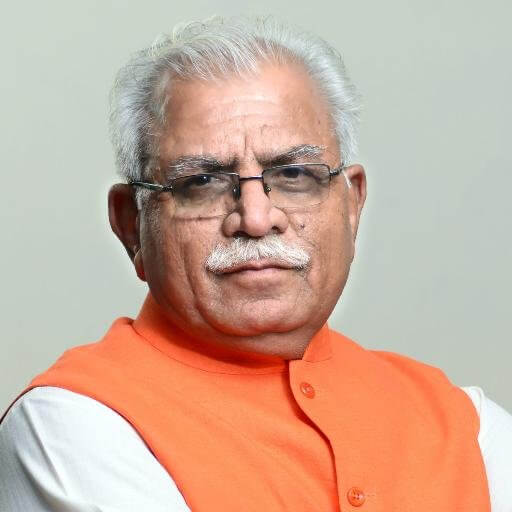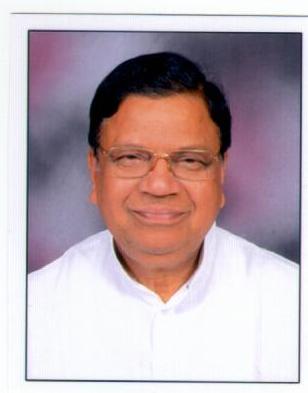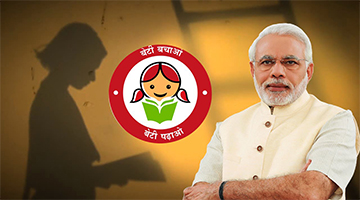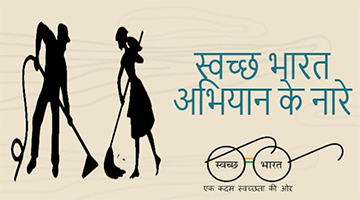It is the headquarters of the Sub Division of the same name . It is situated in 29′ 08′ north latitude and 76′ 42′ east longitude,near the northern extremity of a great nature depression extending about 50 miles southwards. It has a population of 48532 according to the 2001 Census. The ancient texts mention Gavambhavana, as a place of pilgrimage which may probably refer to present day Gohana, but this matter can not be pursued with nay certainty. There are two popular versions for the origin of the name of town. First Gohana is composed of two words gao and hani, the former meaning “Cow†and the later “Lossâ€. The second version is that Gohana is composed of two words, gao and dahana, the later meaning a small water course inlocal dialect. The cows of Taga Brahmans occupying Daryapur used to sit at the pal (mound) where present Gohana is situated and hence the name. The latter version appears to be more convincing. A story is current about the original settlement. It is said that it was the site of a fort of PrithvirajaChahamana (Chauhan), ruler of Delhi and was called Daryapur, after one of his chiefs,This fort was destroyed by Shihab-ud-din Muhammad Gauri who defeated Prithviraja.Later it was occupied by Taga Brahmans. A tank known as Rohta or RohtasJhil with its naturespring attracted the attention of the neighbouring chiefs. Two Rajputs, Tej Singh and Fateh Singh with the help of two traders of Butana, Dhamar Mal and Pheru Mal exterminated the Brahmans and occupied the place. Later, this palce drew the attention of the Muslim rulers of Delhi, who captured these two Rajputs, one of them accepted Islam. The other refused to do so and was ordered to be executed. One of the two traders Dhamar Mal managed to survive by putting his family priest in his place. The other, Pheru Mal at first accepted Islam but later renounced the world and died as a recluse. Known popularly as Baba Pheru after his forced conversion to Islam, he lived as an ascetic in order to check further propagation of the religion.








